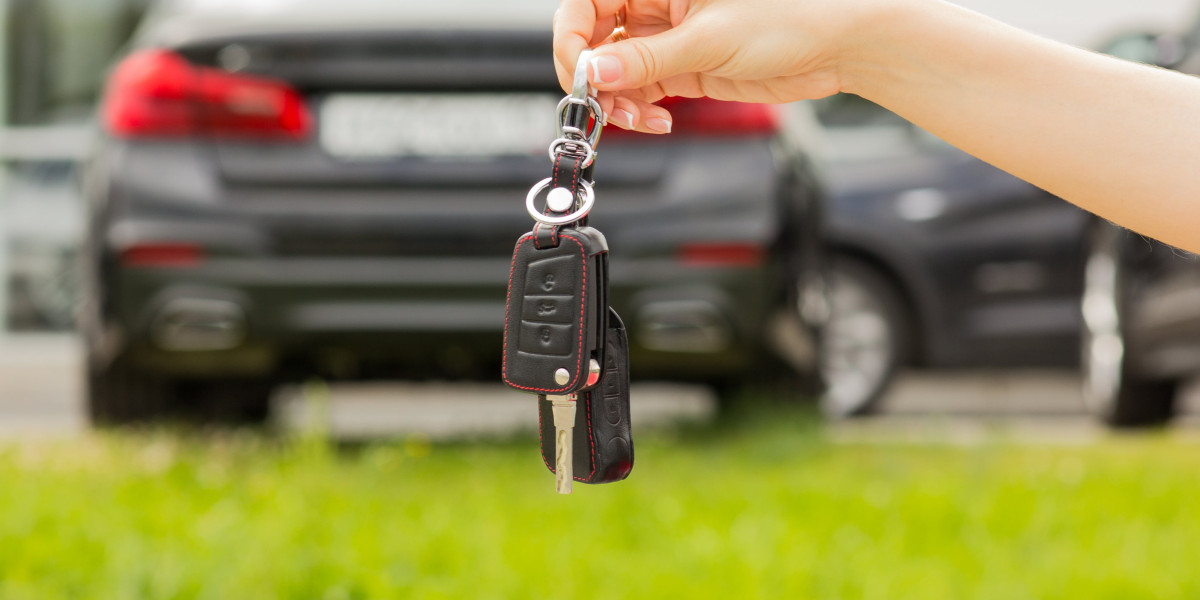The Ultimate Guide to Cat Flap Replacement: Why, When, and How
As a cat owner, it's vital to provide your feline good friend with a comfortable and practical method to get in and exit your home. A cat flap, also called a cat pet-friendly door installation, is an easy and effective solution that allows your cat to come and go as it pleases. However, like any other home item, cat flaps can wear in time, requiring replacement. In this article, we'll explore the reasons that cat flap replacement is needed, the indications that indicate it's time for a new one, and a step-by-step guide on how to replace a cat flap.

Why Replace a Cat Flap?
There are numerous reasons that cat flap replacement is essential:
- Wear and tear: Cat flaps go through constant usage, which can result in wear and tear on the hinges, seals, and other moving parts.
- Weather condition damage: Exposure to rain, snow, and extreme temperatures can trigger the cat flap to degrade, causing water leaks and drafts.
- Pest control: Old or damaged cat flaps can offer an entry point for undesirable pests, such as rodents, birds, or bugs.
- Energy performance: A new cat flap can help reduce heat loss and energy consumption, making your home more energy-efficient.
- Improved security: Modern cat flaps typically include innovative security functions, such as lockable doors and magnetic seals, to prevent unauthorized entry.
Indications that Indicate it's Time for a New residential cat door installation Flap
If you notice any of the following indications, it's likely that your cat flap needs to be changed:
- Leaks and drafts: If you discover water or air dripping through the cat flap, it's time to consider a new one.
- Problem opening or closing: If the cat flap becomes stuck or tough to open or close, it's most likely that the hinges or seals are worn.
- Noise: If the cat flap makes extreme sound when opening or closing, it might be a sign that the moving parts are broken.
- Bug infestation: If you observe insects entering your home through the cat flap, it's time to change it with a new one.
How to Replace a Cat Flap: A Step-by-Step Guide
Changing a cat flap is a relatively simple DIY project that can be completed with fundamental tools and products. Here's a step-by-step guide:
Materials required:
- A new cat flap
- Screwdriver or drill
- Measuring tape
- Pencil or marker
- Wood screws (if needed)
- Weatherstripping (if needed)
Instructions:
- Measure the existing cat flap: Measure the width and height of the existing cat flap to make sure that the brand-new one fits completely.
- Eliminate the old cat flap: Use a screwdriver or drill to remove the screws holding the old cat flap in location. Carefully pry the cat flap out of the door or wall.
- Clean the area: Clean the area around the old cat flap to get rid of any debris or dirt.
- Mark the position of the new cat flap: Use a pencil or marker to mark the position of the brand-new electronic cat flap installation flap on the door or wall.
- Drill pilot holes: Drill pilot holes for the screws that will hold the new cat flap in location.
- Set up the brand-new cat flap: Insert the brand-new cat flap into the door or wall and screw it into location.
- Add weatherstripping (if required): Apply weatherstripping around the edges of the cat flap to prevent drafts and leaks.
Advice:
- Choose a cat flap that is suitable for your cat's size and type.
- Consider a cat flap with sophisticated security functions, such as lockable doors and magnetic seals.
- Utilize a level to ensure that the cat flap is set up directly and level.
- Evaluate the cat flap before installing it to ensure that it works efficiently and silently.
Frequently Asked Questions:
- Q: How long does it take to replace a Electronic cat flap installation flap?A: The time it takes to replace a cat flap depends on the intricacy of the task and the person's DIY abilities. Typically, it takes about 30 minutes to an hour to complete the job.
- Q: Can I change a cat flap myself?A: Yes, changing a cat flap is a reasonably easy DIY project that can be completed with fundamental tools and products. Nevertheless, if you're not comfortable with DIY projects, it's recommended to employ a professional.
- Q: How often should I change my cat flap?A: The frequency of replacing a cat flap depends upon usage and weather. Typically, a custom cat flap installation flap must be changed every 5-7 years.
- Q: What are the advantages of a brand-new cat flap?A: A new cat flap can improve energy performance, security, and comfort for your cat. It can also minimize sound and avoid pest invasion.
Conclusion:
Replacing a cat flap is a basic and important task that can improve the comfort and convenience of your feline good friend. By following the detailed guide outlined in this post, you can easily replace your old cat flap with a brand-new one. Remember to choose a cat flap that is ideal for your cat's size and breed, and think about sophisticated security features to avoid unapproved entry.
Extra Resources:
- Best Cat Flaps for Energy Efficiency: [link]
- How to Choose the Right Cat Flap: [link]
- Do It Yourself Cat Flap Installation Tips: [link]
By providing your cat with a comfy and convenient way to get in and exit your home, you can improve its general health and happiness. Remember to change your cat flap every 5-7 years to guarantee that it remains in excellent working condition.







